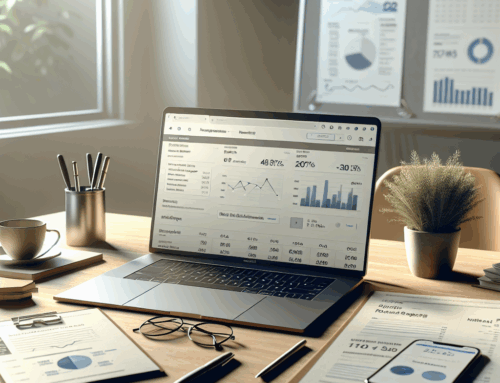 While inbound marketing is a multi-faceted and multi-layered approach that embraces the full spectrum of marketing activities – from buyer persona development to campaign tracking to analytics – at the core lies what is truly its most defining element: the buyer’s journey.
While inbound marketing is a multi-faceted and multi-layered approach that embraces the full spectrum of marketing activities – from buyer persona development to campaign tracking to analytics – at the core lies what is truly its most defining element: the buyer’s journey.
What is the Buyer’s Journey?
The buyer’s journey is a metaphor for the stages that buyers (i.e. customers) progressively move through on their way to making a purchase.
As you may have detected, there is some similarity between the buyer’s journey and a traditional sales funnel, in that they both attempt to define, describe and move customers towards a sale. But while a sales funnel is typically illustrated as a vertical (top-down) model that starts wide and ends narrow, the buyer journey is illustrated as a horizontal (left-right) model that, more accurately and realistically, embraces the fundamental fact that customers don’t want to be pushed, prodded or provoked. Instead, they want to be respectfully ushered and guided forward. Otherwise, they simply won’t and don’t become buyers.
The 4 Actions of the Buyer’s Journey:
The buyer’s journey has 4 categories of actions: attract, convert, close and delight.
Attract:
This is where and when a business reaches out and engages ideal target audiences, which in inbound marketing terms are referred to as buyer personas. Tools and actions associated with this stage of the buyer’s journey include blogging, web pages, SEO, and social media marketing.
Convert:
This is where and when a business focuses on transitioning the traffic that it has attracted into legitimate marketing qualified leads (MQL). It’s very important to note that conversion in this context doesn’t necessary mean achieving a sale, and frankly, most businesses will not generate a sale at this point (especially if they are in the B2B space).
Instead, conversion means learning something valuable about leads – even if it’s just their email address. Tools and actions associated with this stage of the buyer’s journey include eBooks, white papers, reports, Infographics, forms, calls-to-action, landing pages and contacts.
Close:
This is where and when a business leverages specific marketing tools and tactics to transform qualified leads into customers. Timing is a big factor in here, since moving to close too early can be perceived as pushy and aggressive, while closing too late can lead to a lost opportunity – and a win for the competition.
Tools and actions associated with this stage of the buyer’s journey include CRM, closed-loop reporting, email, and marketing automation.
Delight:
This is where and when a business continues to engage customers beyond the transaction, so that they’re inspired to make additional purchases, and even more importantly, influence others in their network to do the same.
Tools and actions associated with this stage of the buyer’s journey include surveys, smart calls-to-action, smart text, and social monitoring.
The Bottom Line
As you can see, inbound marketing nurtures leads with the buyer’s journey by supporting customers at every stage, and in a manner that they appreciate and embrace. Simply put, instead of aggressively pushing to sell products or services, inbound marketing and the buyer’s journey help position customers to buy – and that makes ALL the difference!
To learn more about implementing this proven methodology for attracting visitors, converting leads, closing customers and delighting evangelists, contact the inbound marketing experts at Leap Clixx today or read our free eBook!
{{cta(‘bd8404aa-e053-481c-9e10-8dd744e59b2f’)}}





